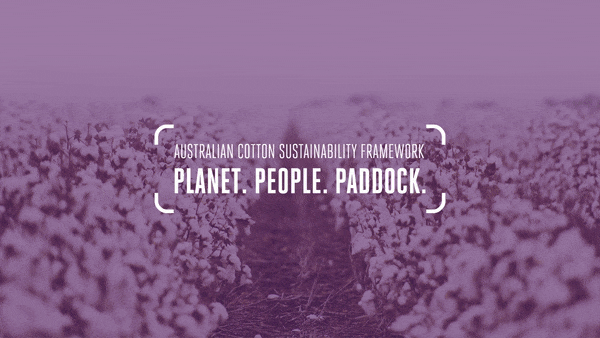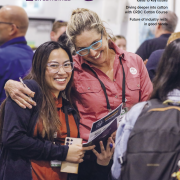Sustainability
Australian cotton growers have been quietly and collaboratively working to improve their sustainability performance for decades. In 1991 cotton became the first Australian agricultural industry to benchmark its environmental performance, and more recently the cotton industry - led by CRDC and Cotton Australia - have established the Sustainability Working Group and the PLANET. PEOPLE. PADDOCK Sustainability Framework.
PLANET. PEOPLE. PADDOCK. is the Australian cotton industry’s framework to manage non-financial risks and opportunities. It delivers value to Australia and to cotton farmers by supporting the Australian cotton industry’s productivity, resilience and market access. It does this by:
- Monitoring stakeholder expectations and the industry’s operating environment
- Prioritising the most important risks and opportunities and coordinating a whole-of-industry response
- Measuring progress and quantifying impacts, and transparently communicating these to stakeholders.
PLANET. PEOPLE. PADDOCK. complements myBMP and other industry programs. It recognises sustainability is integral to the industry’s future and provides a path for the entire industry to stay in business.
For more, visit the CRDC and Cotton Australia sustainability website.



